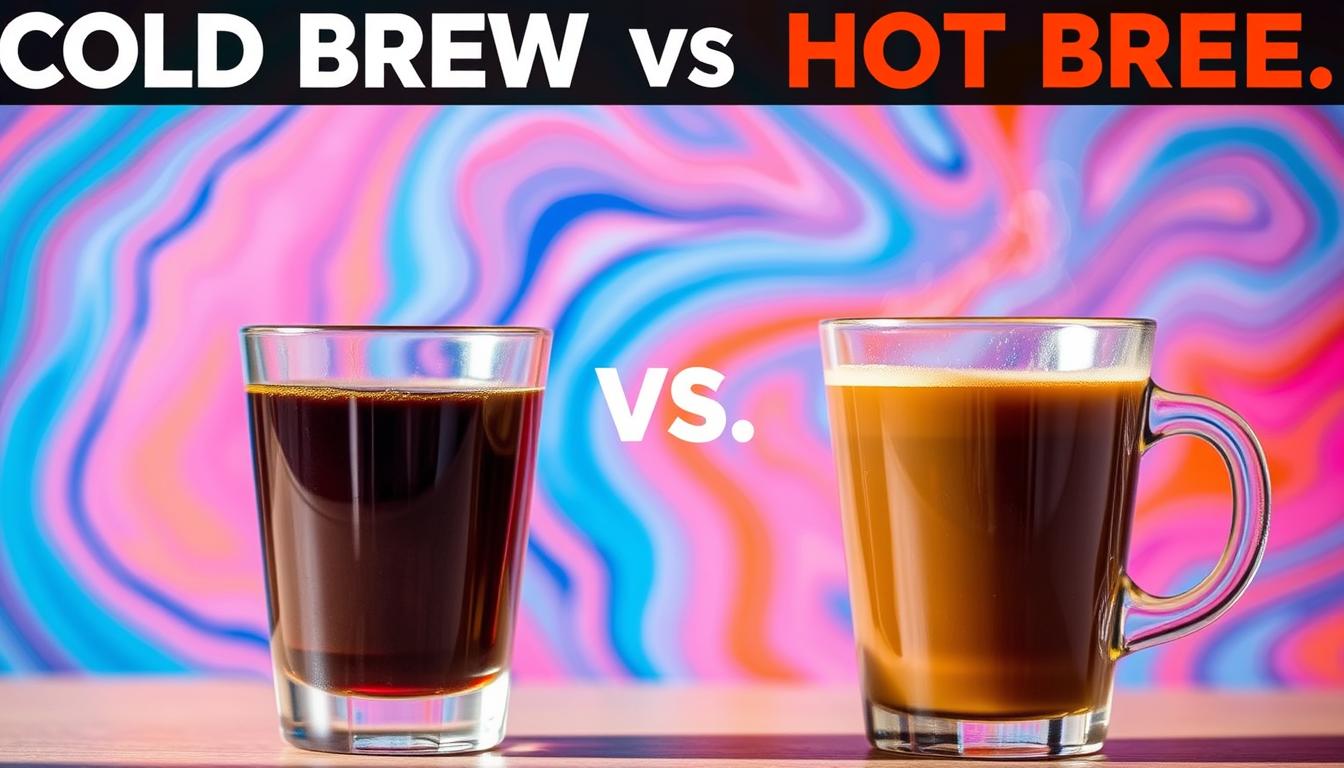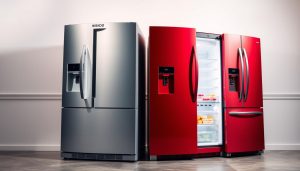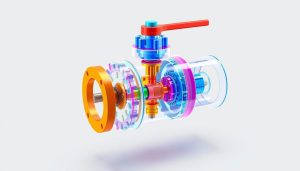Did you know that over 67% of coffee drinkers now experiment with chilled brewing methods? For centuries, steaming cups dominated coffee culture, but today’s enthusiasts crave options beyond the traditional. The way you prepare your morning cup isn’t just about heat—it’s a science that shapes flavor, texture, and even caffeine content.
Brewing techniques have evolved dramatically in recent years. While hot coffee remains a staple, cold extraction methods unlock smoother, less acidic profiles. This shift isn’t just about temperature—it’s about time, grind size, and chemical reactions happening in your mug.
You might wonder why certain methods work better for specific preferences. Hot water extracts flavors quickly, creating bright acidity. Cold steeping takes hours but produces mellow richness. These differences matter whether you’re beating summer heat or needing a winter warmer.
Understanding these approaches helps you craft the perfect drink for any occasion. From French presses to overnight infusions, each method offers unique advantages. Let’s explore how temperature transforms your daily ritual.
Key Takeaways
- Brewing temperature dramatically alters flavor intensity and acidity levels
- Cold extraction requires more time but reduces bitter compounds
- Historical brewing methods focused solely on hot preparations until recent innovations
- Grind size and steeping duration vary significantly between techniques
- Seasonal preferences often dictate which method coffee lovers choose
- Mastering both approaches expands your home-barista capabilities
The Basics of Coffee Brewing
Your morning ritual begins with a choice: speed or patience. Temperature determines how flavors emerge from grounds, shaping your cup’s personality. Let’s break down the two primary approaches.
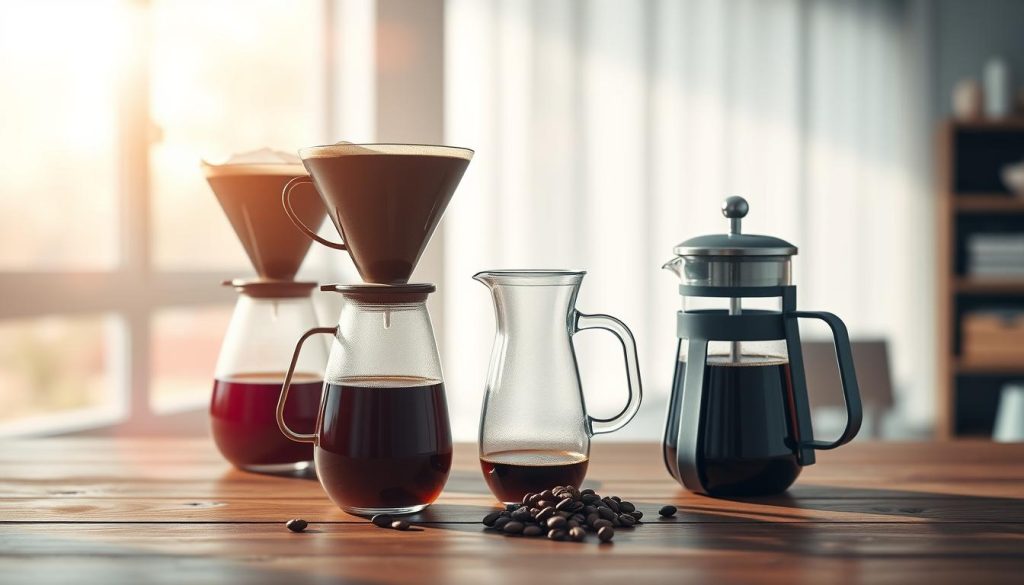
What is Hot Brew Coffee?
Hot water acts like a flavor accelerator. When poured over grounds, it triggers fast chemical reactions. Oils, sugars, and acids dissolve quickly—usually in under five minutes. This method works with drip machines, pour-overs, or a French press.
You get bright, vibrant notes perfect for immediate sipping. The heat extracts subtle fruity or floral tones that vanish in cooler temps. But it also pulls bitter compounds faster, which some find harsh.
What is Cold Brew Coffee?
Here, cold water coaxes flavors out slowly—12 to 24 hours. Without heat, fewer acids and bitter elements escape the grounds. The result? A smooth, chocolatey concentrate that lasts days in your fridge.
Use the same French press but adjust your routine. Coarse grounds steep overnight, creating a mellow base for iced drinks or creamy lattes. It’s caffeine-rich but gentler on sensitive stomachs.
Cold Brew vs. Hot Brew: What’s Happening?
The battle between chilled and heated coffee comes down to two critical factors: heat levels and patience. Your choice determines which flavor compounds dominate your cup, creating entirely different sensory experiences from identical beans.
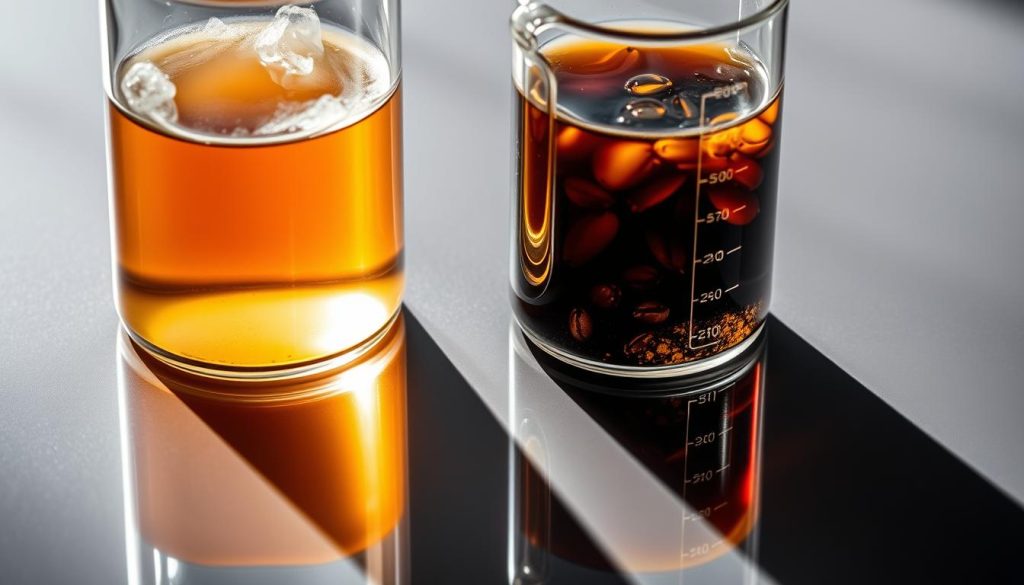
Heat Versus Time: Extraction Dynamics
Hot water works like a turbocharger for coffee oils and acids. At 195-205°F, it dissolves compounds in minutes—including bitter tannins and bright citrus notes. This explains why traditional methods create vibrant but sharper profiles.
Cold immersion uses room-temperature or refrigerated water for 12+ hours. Without thermal energy, only certain molecules escape the grounds. You get up to 66% fewer acidic elements, resulting in naturally sweeter sips. The extended soak time isn’t overkill—it’s precision.
Here’s why timing matters:
- Rapid extraction (2-5 minutes) captures fleeting floral aromas
- Slow steeping (12-24 hours) preserves chocolatey undertones
Hot brewing’s speed comes with trade-offs. While you gain immediate access to complex flavors, harsher compounds tag along. The chilled method’s marathon approach skips unwanted passengers, delivering smoother results that stay fresh for days.
Deep Dive into Brewing Processes
Imagine unlocking a treasure chest of flavors using just water and time. How you combine these elements determines whether bright citrus notes or velvety cocoa tones dominate your cup. Let’s examine the hidden transformations happening in your kitchen.
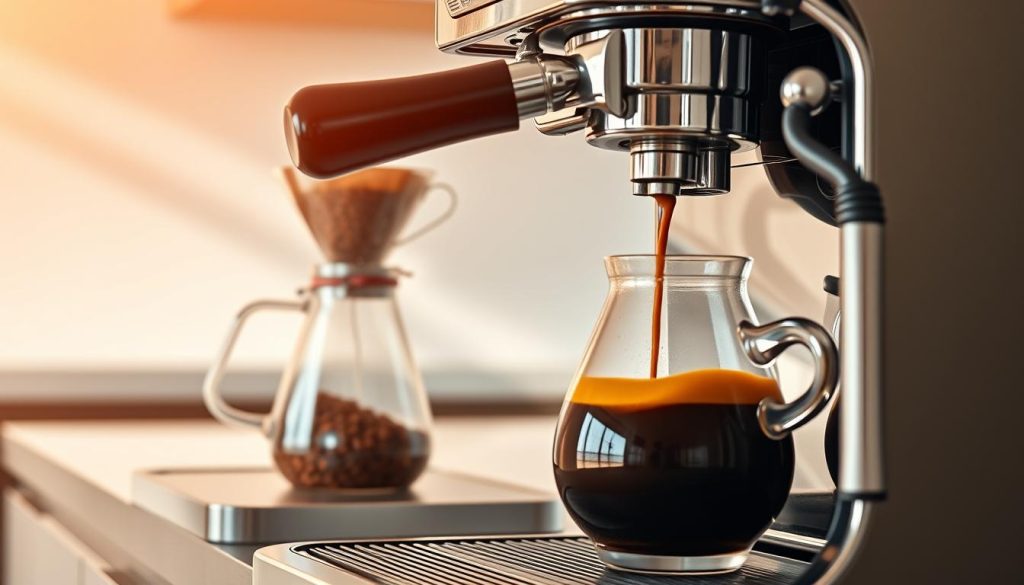
Chemical Reactions in Hot Brewing
Near-boiling water triggers a flavor fireworks show. When it hits ground beans, oils and acids burst forth within seconds. This rapid extraction pulls out floral aromas and fruity sugars—but also releases bitter tannins that sharpen the taste.
You experience this as crisp acidity balanced by earthy depth. The heat acts like a master key, opening every flavor chamber simultaneously. While this creates complexity, it explains why some cups taste harsh if over-extracted.
Extended Extraction and Smoothness in Cold Brewing
Cold water takes a diplomatic approach. Over 12-24 hours, it coaxes out chocolatey compounds while leaving acidic elements trapped. This selective process results in 66% less bitterness compared to heated methods.
Your taste buds perceive this as creamy smoothness. Without thermal energy forcing harsh notes into the mix, the brew feels rounder and gentler. It’s why iced versions often taste sweeter despite using identical beans.
Both methods prove that patience and temperature shape your sip’s personality. Whether you crave vibrant intensity or mellow richness lies in controlling these variables.
Flavor, Acidity, and Aromas: A Comparative Analysis
What happens when coffee’s volatile aromas can’t escape into the air? This phenomenon defines the sensory showdown between chilled and heated brewing. Your palate becomes the ultimate judge, weighing sweetness against sharpness in every sip.
Balancing Bitter and Sweet Notes
Cold brew cuts acidity by up to 66%, letting caramel and chocolate notes shine. Without heat forcing bitter compounds into your cup, you taste more natural sweetness. Ethiopian beans demonstrate this perfectly—their floral hints stay vibrant, while roast characteristics soften.
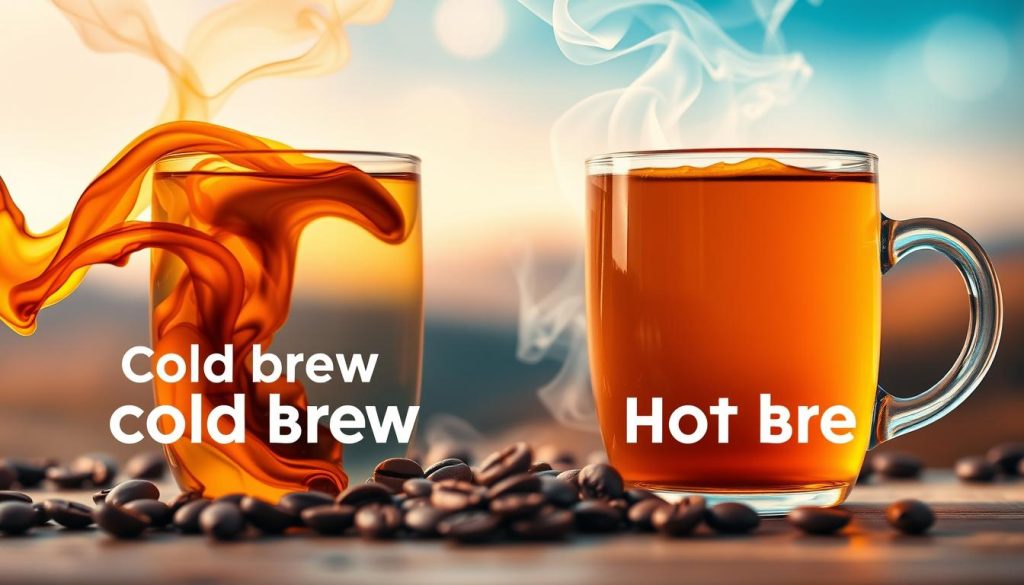
Preserving Aromatic Compounds
Hot brewing sends fragrant molecules skyward as steam. Cold methods trap them in liquid, creating intense aromatic layers. You’ll notice thicker textures coating your tongue, amplifying flavors like vanilla or nutmeg.
This preservation explains why iced versions taste richer days later. While heated drinks lose complexity fast, chilled concentrates maintain their depth. Your choice depends on whether you prefer fleeting brightness or lasting intensity.
Experimenting at Home: Tips for Both Brewing Methods
Transform your kitchen into a coffee lab with these expert-approved methods. Whether crafting iced coffee for summer or perfecting a cozy hot brew, the right tools and tweaks elevate your results. Let’s explore gear upgrades and inventive twists that work for both styles.
Essential Equipment and Techniques
The French press remains indispensable for heated methods. For cleaner results, consider the ESPRO Press—its 12x finer filters eliminate gritty sediment. Cold enthusiasts need airtight containers or specialized brewers for 12-24 hour steeping.
Adjust ratios boldly with chilled methods. Use twice as much coffee compared to hot versions for a versatile concentrate. Store this liquid gold in your fridge for up to two weeks, ready for mixing.
Creative Recipes and Customizations
Turn concentrate into sparkling coffee soda with soda water and honey. For creamy indulgence, blend it with oat milk over ice. Surprisingly, adding hot water creates a smooth hot drink with 67% less acidity than traditional methods.
Personalize heated cups with cinnamon sticks or vanilla syrup. Try flash-chilling hot coffee over ice to lock in bright notes. Both approaches reward experimentation—your perfect cup awaits.
Conclusion
Your coffee journey culminates in understanding two distinct paths. Cold brew rewards patience with velvety textures and mellow tones, while hot brew delivers instant complexity through thermal energy. Both methods extract unique qualities from the same beans, proving temperature dictates your cup’s personality.
Preference hinges on what you prioritize—brightness versus smoothness, convenience versus customization. Those sensitive to acidity often favor chilled methods, whereas fans of aromatic depth might lean toward heated preparations. Neither approach outshines the other; they serve different moods and moments.
Experiment freely—adjust steeping times, try various roasts, or mix brewing styles. Your perfect cup exists where flavor preferences meet practical needs. Whether crafting a morning ritual or an afternoon refresher, mastery of both techniques unlocks coffee’s full spectrum.
